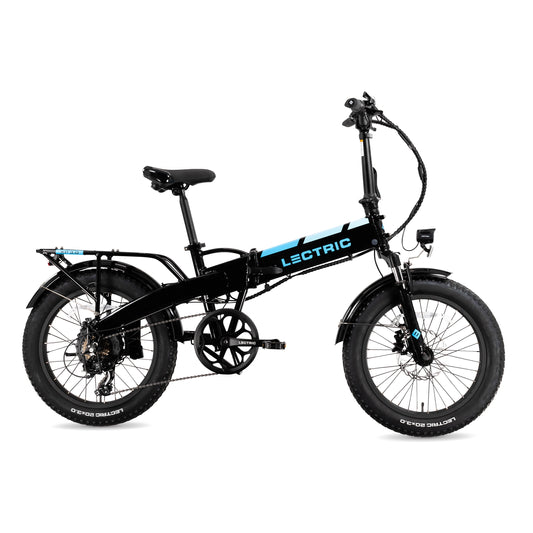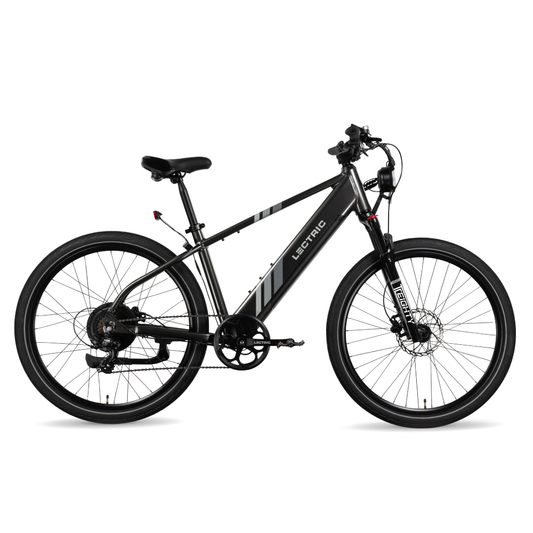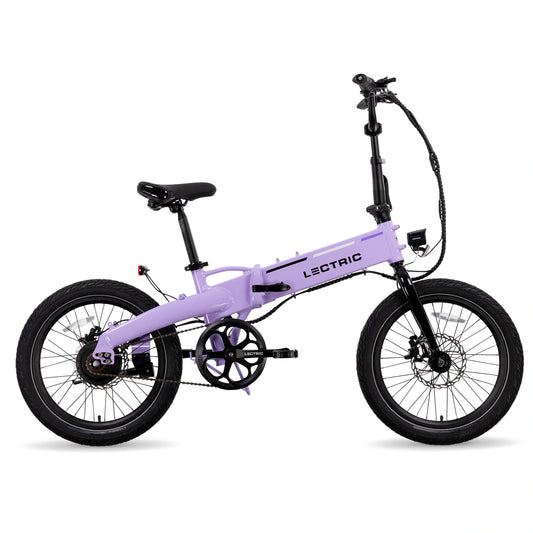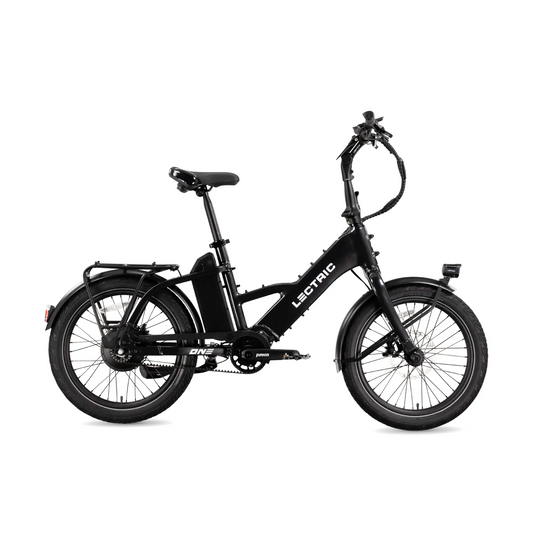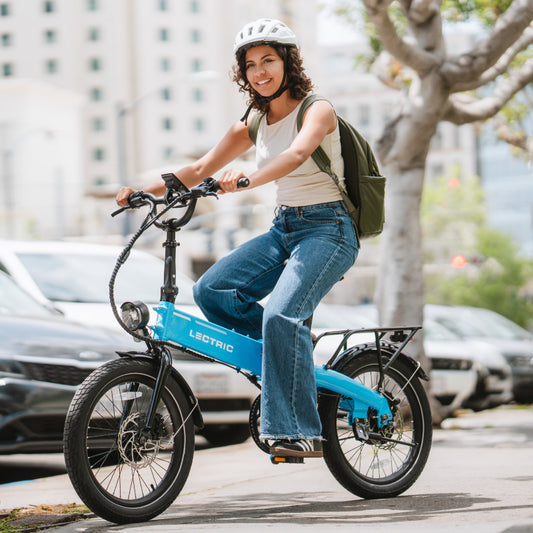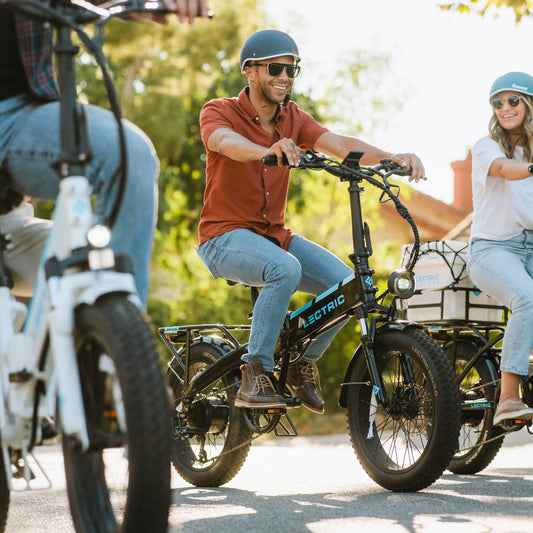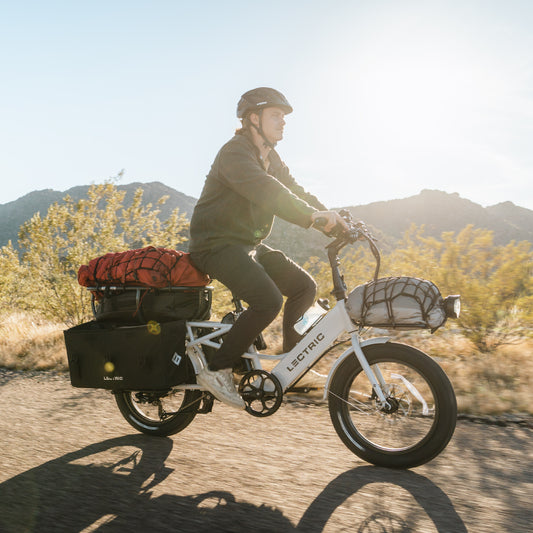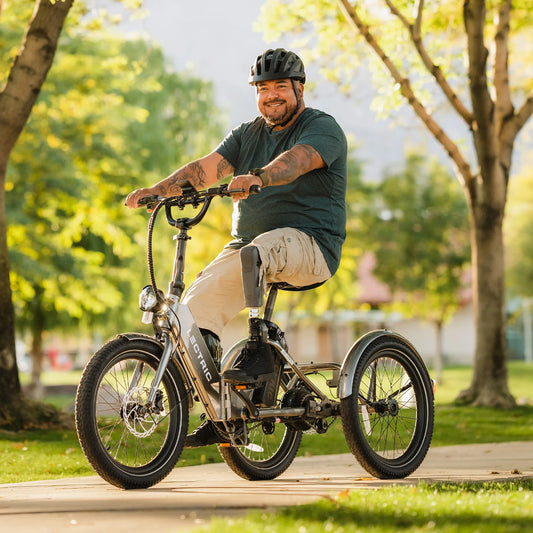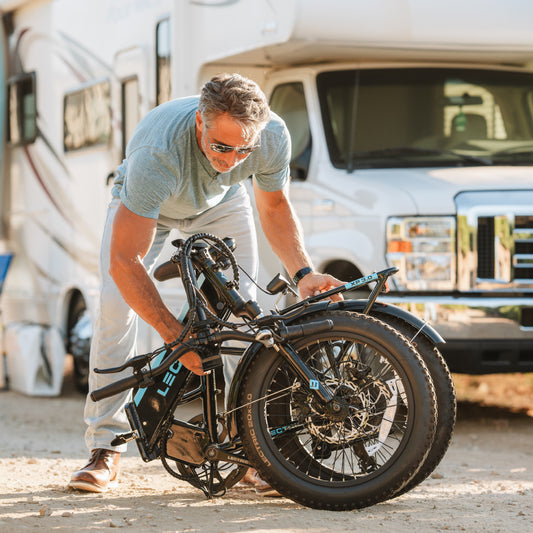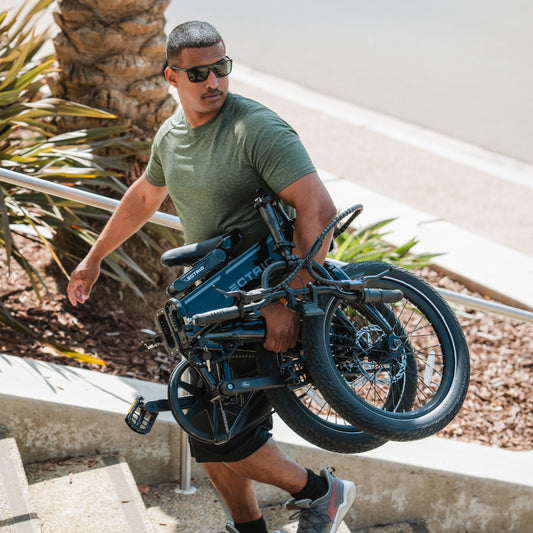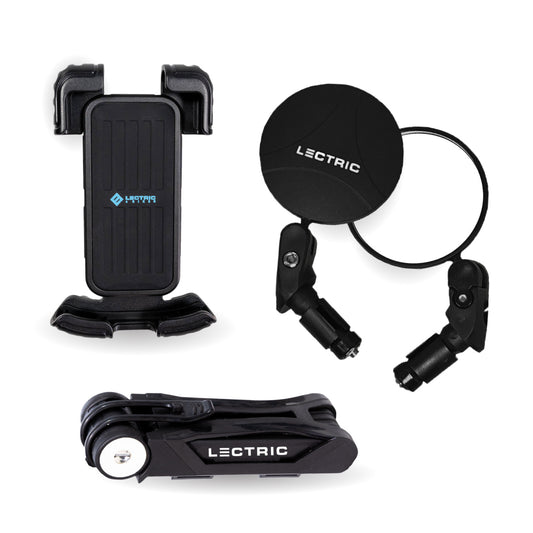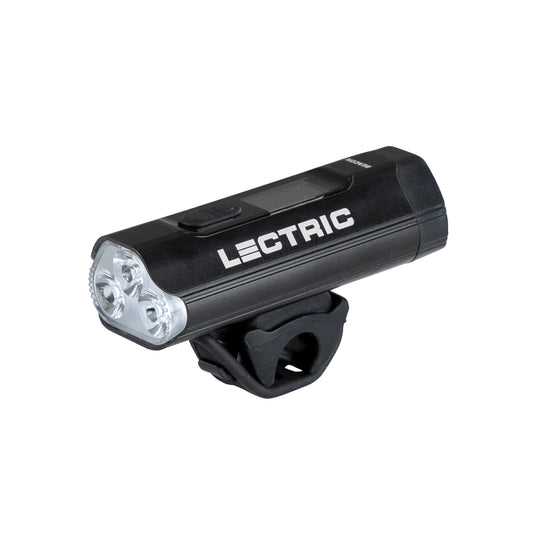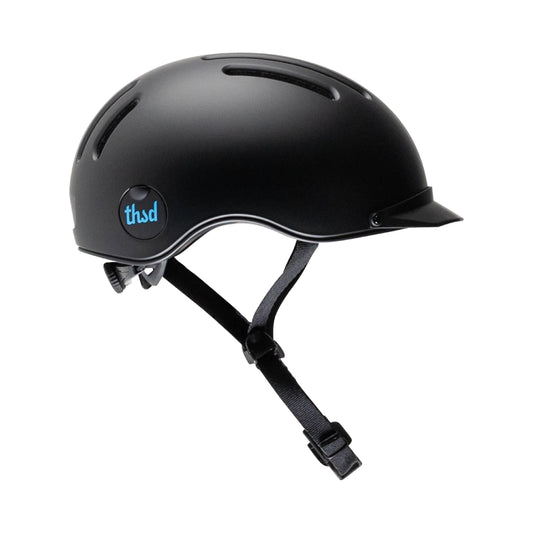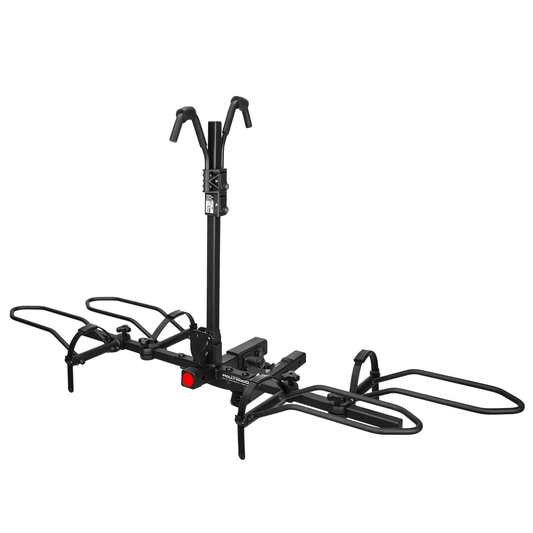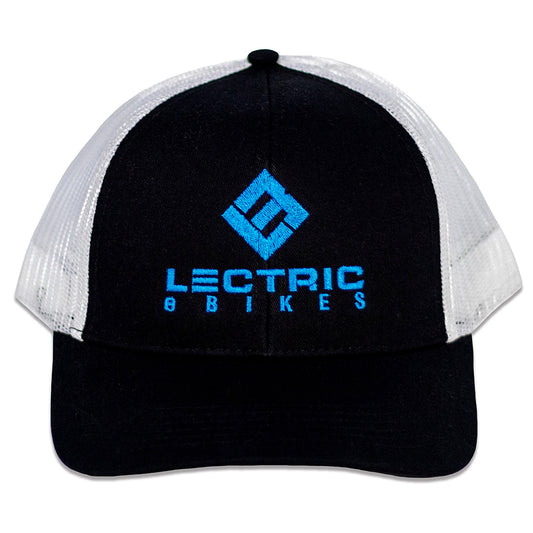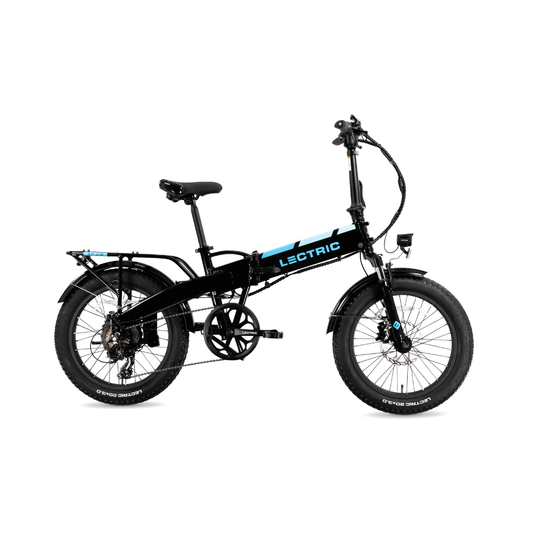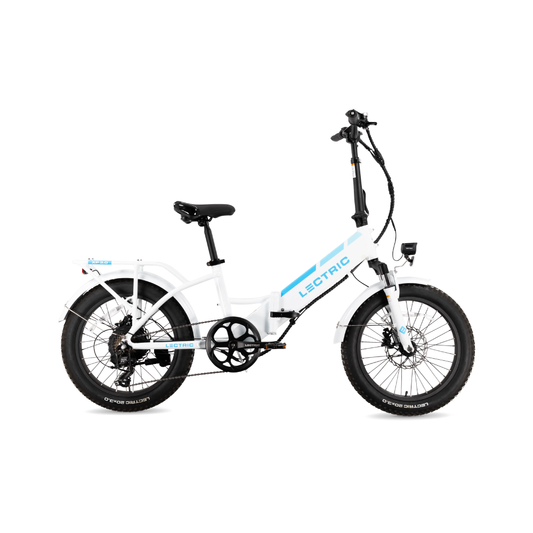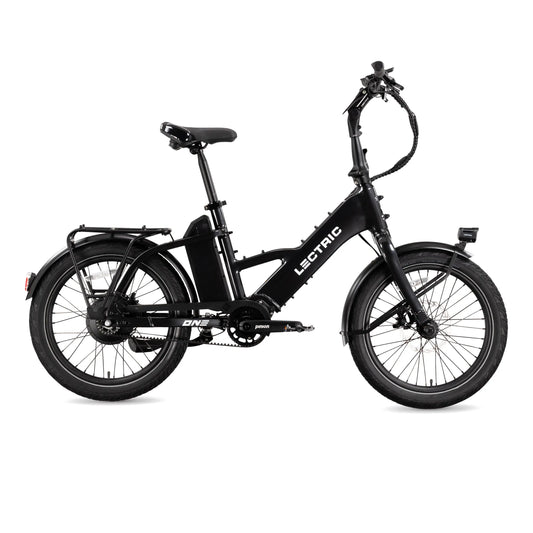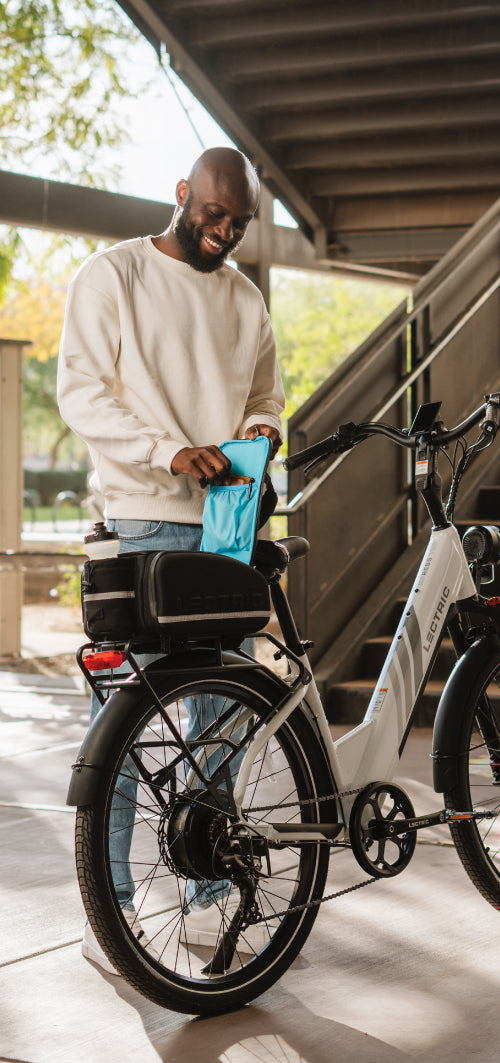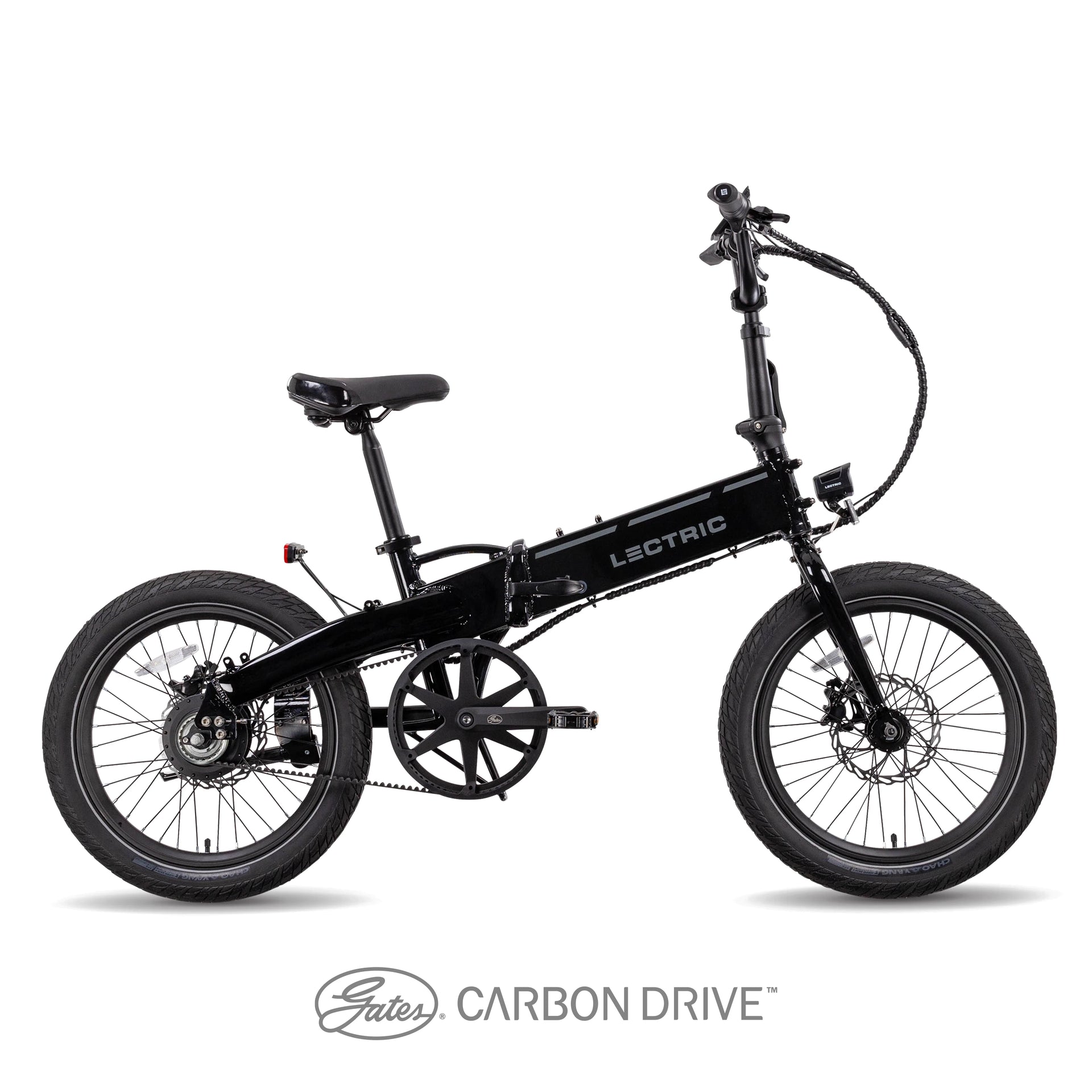Whether you're a seasoned rider or an eBike newcomer, diving into the mechanics of motors and drivetrains can help paint the picture of how we stay in motion. Understanding these systems can provide a better understanding of your eBike in full and how it works. In this blog, we'll explore how different motor types and drivetrain systems work together to power your ride!
Motor: Let’s Keep Movin’
The motor is one of the most vital parts of any eBike and along with your own pedaling power, is responsible for driving you forward. The motor provides you with pedal-assist and throttle functions -- the fun parts of eBiking! eBike motors generate the power to move your eBike forward, and that power is measured by metrics such as Wattage (W) and torque (Nm). The two main types of motors found on most eBikes are mid-drive and hub-drive. Mid-drive motors usually are located where the cranks sit and pull the chain forward, simulating the exact same motion you would do with your legs by pedaling! Mid-drives are often equipped with torque sensors that measure the foot torque of a rider in Newton-Metres. This means that when you pedal harder, the motor responds and provides more power. You can find a torque sensor on our XPress! Hub-drive motors are usually located in the rear wheel of your eBike. They provide power through a series of planetary gears enclosed at the hub. This action causes the motor to rotate around the axle, which rotates the wheel! All Lectric eBikes come equipped with rear hub-drive motors and vary in wattage.

When looking for an eBike you may see two different numbers listed for wattage on an electric motor; one value called “peak” wattage, and the other called “nominal” wattage. The difference between these two is easy to understand. Peak wattage is the maximum amount of power the motor can draw over a short period of time, sometimes referred to as “surge wattage.” Nominal wattage is your average operating power pull, which is usually the number listed on eBikes descriptions.

All Lectric eBikes, besides the XP Lite 2.0, feature a motor of at least 500W nominal, while eBikes like the XPedition, XPeak, ONE, and XPress 750 feature a bigger 750W nominal motor, with the most powerful motors peaking at 1310W!
Drivetrain: Chains, Belts, and Gears

(Chainring, Cranks, Freewheel & Chain)
The drivetrain includes the chain or belt, freewheel, crankset, and derailleur. These parts transfer your physical pedal power to the rear wheel causing it to spin and move forward, just like how an analog bicycle works! These components will wear and need to be adjusted or even replaced over time. Let’s take a look at each part individually:
- Chain/Belt: A vital part of the drivetrain, connected to the front chainring and running back to your freewheel, it is responsible for translating your physical pedal power to the rear wheel in order to get you moving. Chains usually consist of interconnected metal links and are designed to be strong and durable to stand up to the stretch and flex of pedaling and shifting gears. A belt is very similar to a traditional chain but is not interlinked, and instead is one solid-toothed carbon-reinforced loop that connects your front chainring to your freewheel in the back.
- Freewheel: The freewheel is a cluster of sprockets (gears) that are connected directly to the rear wheel. This allows a rider to shift their eBike chain to the different individual gears which affects your chain tension. Changing your chain tension changes how easy or difficult it is to pedal on different inclines or declines! Most of our eBikes offer a Shimano 7-speed shifter.
- Crankset: Often referred to as just the “cranks” it includes the crank arms and front chainring. The pedals are connected to the crank arms which is where your feet go! Pedaling and rotating the crank arms causes the chainring to rotate, which pulls the chain forward and turns the rear wheel.
- Derailleur: This piece is the mechanism that is responsible for moving the chain laterally across the freewheel sprockets in order to change gears. Many analog bicycles usually have two derailleurs, one in front at the chainring, and one in the rear at the freewheel. Derailleurs are a very complex portion of the drivetrain, consisting of pulleys, springs and a system of cables. While often very reliable, they do require adjustment over time. The Lectric ONE is equipped with a Pinion C1.6i, which is a completely sealed internal six-speed gearbox that is nearly maintenance free -- learn more about it here!
All of these individual pieces come together to form the drivetrain and keep you moving forward! Two of our models, the Lectric ONE, and JW Black XP Lite 2.0 feature a Gates Carbon Drive Belt instead of the traditional chain. This belt offers a substantial amount of benefits over a traditional chain including an increased lifespan, a quieter ride, and a close to maintenance-free riding experience as they are not prone to stretching or need oiling like a traditional metal bicycle chain does!

